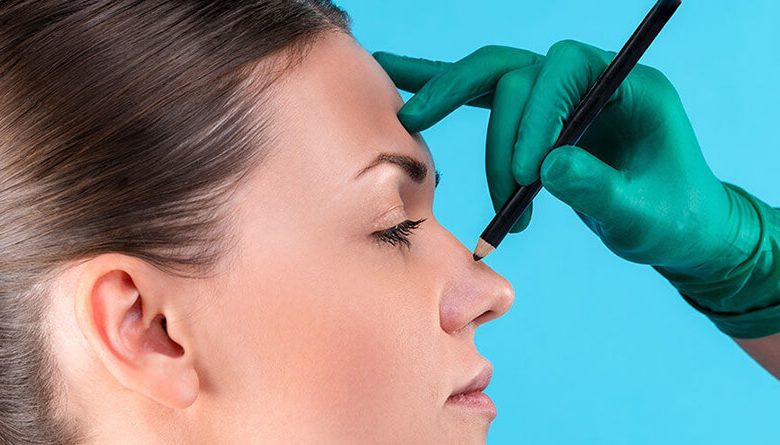A Comprehensive Guide To Rhinoplasty: What You Should Know Before Booking An Appointment

Rhinoplasty, also known as nose job surgery, is a surgical procedure that is used to alter the shape and size of the nose. While it’s commonly sought after for cosmetic purposes, rhinoplasty can also be used to correct birth defects or improve breathing. Whatever your reasons may be for considering rhinoplasty, it’s important to have all the information necessary before you make any decisions. This comprehensive guide covers everything you should know about rhinoplasty, from potential risks and recovery time to common questions and more. Read on to get informed so you can make an informed decision when it comes time to book an appointment.
What is Rhinoplasty?
Rhinoplasty, also known as a nose job, is a cosmetic procedure that alters the shape of your nose. It can be performed to improve the appearance of your nose, correct a birth defect or injury, or help you breathe better.
The Different Types of Rhinoplasty
There are many different types of rhinoplasty, and the type that’s right for you will depend on your goals and your individual anatomy. Here are some of the most common types of rhinoplasty:
Augmentation rhinoplasty: This is the most common type of rhinoplasty, and it’s used to correct a nose that’s too small or flat. Cartilage may be taken from another part of your body, or synthetic materials may be used to build up the nose.
Reduction rhinoplasty: This type of rhinoplasty is used to reduce the size of a nose that’s too large or bulbous. Cartilage and bone may be removed, and the remaining tissue can be reshaped.
Nose tip plasty: A nose tip plasty can improve the shape of your nose tip, and it can also be used to correct a drooping nose tip. Cartilage may be removed or reshaped, and sutures may be used to change the position of the nose tip.
Septoplasty: A septoplasty is often performed along with other types of rhinoplasty, and it’s used to correct a deviated septum. The septum is the bone and cartilage divider between your nostrils, and a deviated septum can cause breathing problems. During a septoplasty, the se
What to Expect Before and After Rhinoplasty
Rhinoplasty is a surgical procedure that alters the shape of your nose. It can be performed to address functional issues, such as difficulty breathing, or to improve the appearance of your nose.
Before you book an appointment for rhinoplasty, you should do your research and consult with a few different surgeons. During your consultation, be sure to ask about the surgeon’s experience and success rate with the procedure. You should also ask about any potential risks and complications associated with rhinoplasty.
After you’ve decided to move forward with the surgery, there are a few things you can do to prepare. First, you’ll need to quit smoking and avoid taking certain medications that can thin your blood and increase your risk of bleeding during surgery. You should also plan on taking it easy for a week or two before the surgery so that your body is well-rested.
On the day of your surgery, you will likely be given general anesthesia to keep you comfortable during the procedure. The surgery itself will take several hours, after which you will be taken to a recovery room to rest.
In the days and weeks following your surgery, it’s normal to experience some swelling and bruising around your nose. You may also have trouble breathing through your nose initially. However, these side effects will eventually subside as your nose heals.
How to Find the Right Surgeon for You
When it comes to choosing a rhinoplasty surgeon, there are a few things you should keep in mind. First and foremost, you want to make sure that the surgeon is board certified by the American Board of Facial Plastic and Reconstructive Surgery or the American Board of Otolaryngology. You can check this easily enough by looking at their website or calling their office.

